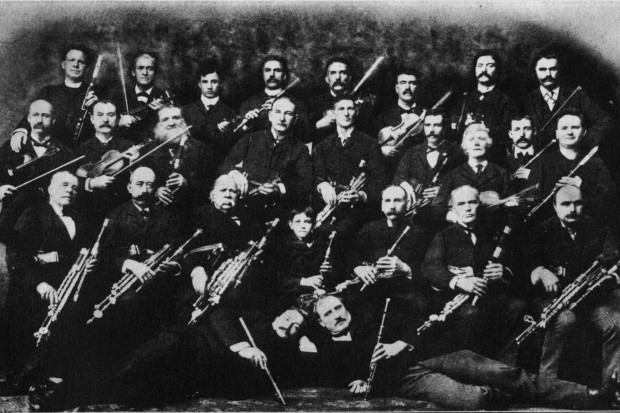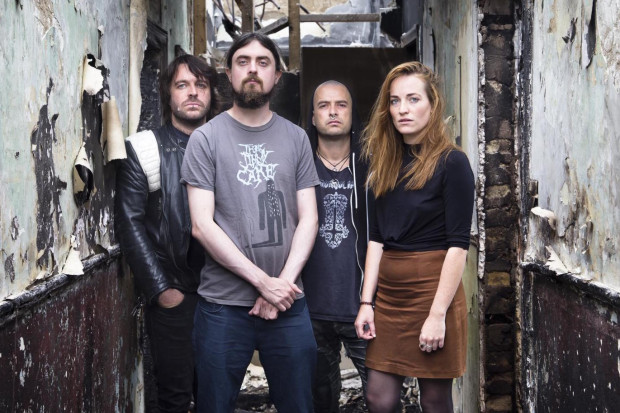Live Reviews: John Williams, Masahiro Nitta and Dean Magraw
National Concert Hall, Dublin
14 June 2007
Billed as ‘Dynamic Japanese Tsugaru Shamisen Meets Ireland’, this intriguing concert was organised to commemorate the 50th anniversary of the establishment of diplomatic relations between Japan and Ireland. Although the musical traditions have no commonalities, I’ve always thought that the shamisen (a three-stringed traditional Japanese instrument), and particularly the energetic and percussive style associated with Tsugaru (an area in the north of Japan), would work effectively in traditional music. Perhaps though the billing oversimplified the typical complexities of our globalised world which were at play here – accordionist Williams is from Chicago (with strong Clare connections), and guitarist Dean Magraw is an archetypal global musical mercenary, at home in a diverse range of jazz, blues and world music styles. So the Ireland in this musical summit was very definitely the contemporary form of ‘Celtic Tiger Trad’ that inhabits the world music terrain. And although Nitta’s solo shamisen playing adopted a traditionalistic approach – he appeared in traditional costume – he’s known for his frequent collaborations, especially in the group Monsters of Shamisen, and has worked previously with Magraw.
Opening the concert, Williams and Magraw concentrated on their own material, which is very much cast in a contemporary mould, full of syncopation and jazzy chromaticisms. The tunes, Williams’ dry-tuned accordion, and Magraw’s delicate touch, created a sound with resonances of Martin Hayes and Denis Cahill, as well as the playing of Andy Cutting and Karen Tweed. The jig ‘Tripping in Eden’ showed Williams at his jauntiest, although the mood of the set changed in the transition to ‘The Mason’s Men’, with dark chords and atmospheric accordion ostinatos leading to the reel. Other tunes (especially those of Magraw) were pleasant and immaculately performed, but for me it lacked any real identity or character – a common defect of much contemporary world music. The much-maligned ‘Music for a Found Harmonium’ did sparkle though, and this tune seems to have regained some of its freshness.
Nitta’s solo performance seemed designed to emphasise its tradition (despite the corny nature sound effects which preceded his set), and made an interesting contrast with the approach to that taken by Williams and Magraw. Playing several bushi (the typical shamisen form), the second, Tosa no Sunayama, was particularly exhilarating, beginning with a slow, sparse tune in a typical Japanese pentatonic scale, building up with tremendous acceleration to a dazzling and thrilling climax. The second half featured all three musicians in combination, beginning with a jig and reel medley (including Magraw’s bluesy ‘The Road to Wexford’) on shamisen, flute and guitar. Here, as in much of the second half, the musicians broke away from the tunes into freer improvisations, which showed impressive musicianship. Mixing Irish and Japanese tunes, the barndance ‘The Gypsy Queen’ was perhaps the real highlight of the concert, and the song Soran Bushi was particularly evocative for much of the audience. But not all the music had the same impact, and for me the virtuosity of the musicians, the interplay between them, and the satisfaction and enjoyment they got from this was impressive but unfortunately not infectious – there’s always more satisfaction to be got from being in this sort of jam, so to speak, than from being an onlooker.
Published on 1 September 2007
Adrian Scahill is a lecturer in traditional music at Maynooth University.












